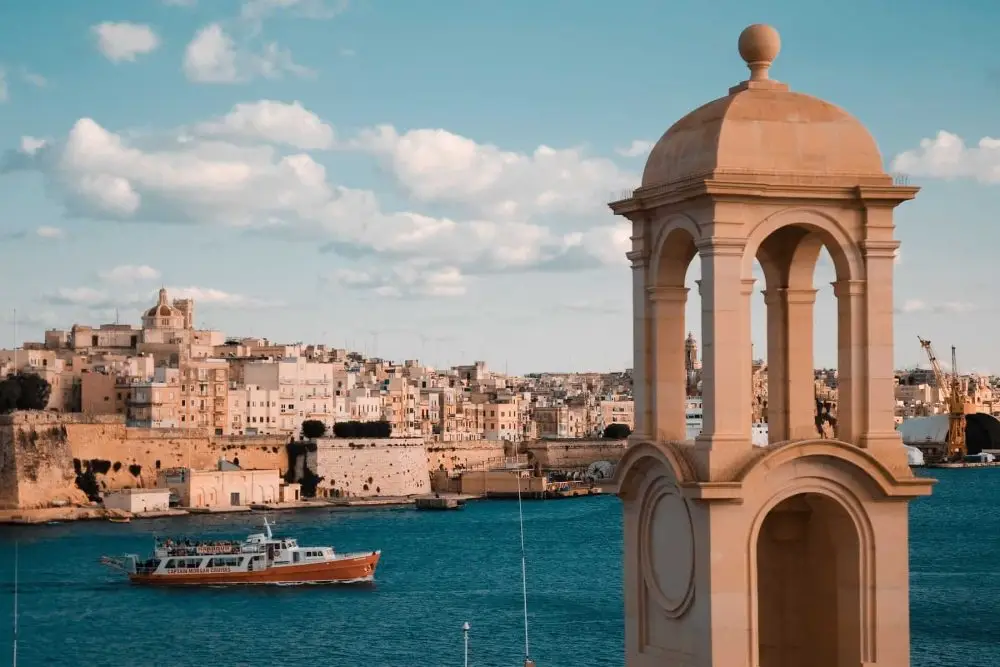
Naturalization citizenship provides an opportunity to establish a permanent residence in a new country. This mechanism allows foreigners to become full members of society, with access to social protection, healthcare programs, voting rights, and other fundamental freedoms. Each country has its own path to citizenship, where the duration of residency is less important than the …
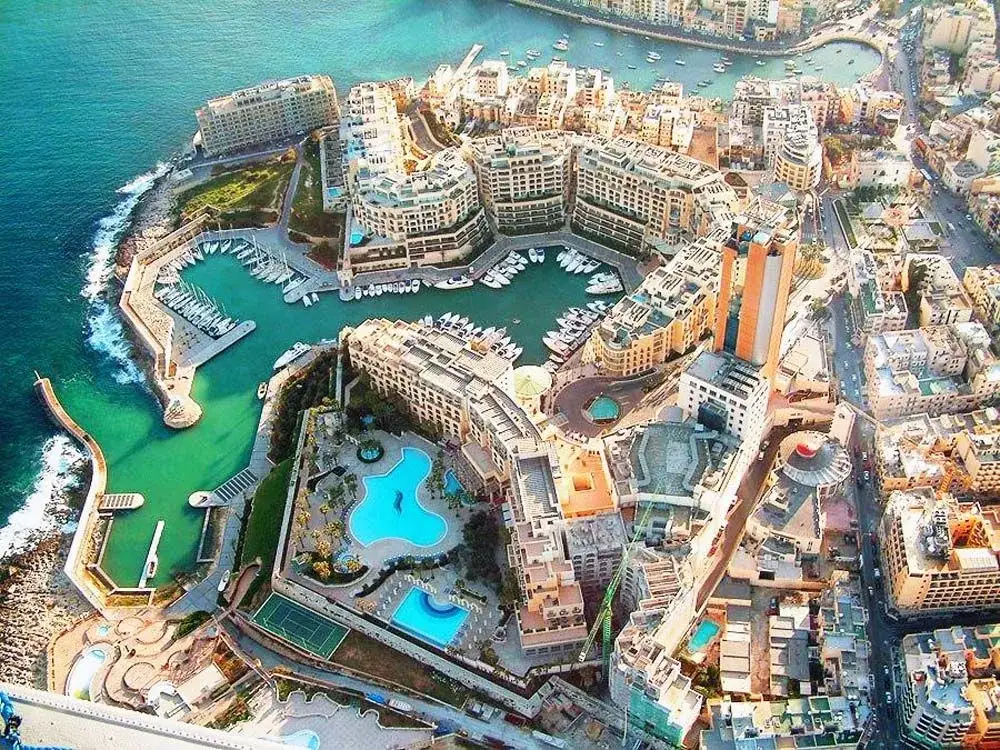
Malta is a jurisdiction with a narrow territory but a wide legal corridor. A country with a population of half a million, an English-speaking administration and the right to enter EU countries without restrictions. It is these parameters that open the way for those who consider immigration as a strategic step — for the sake …
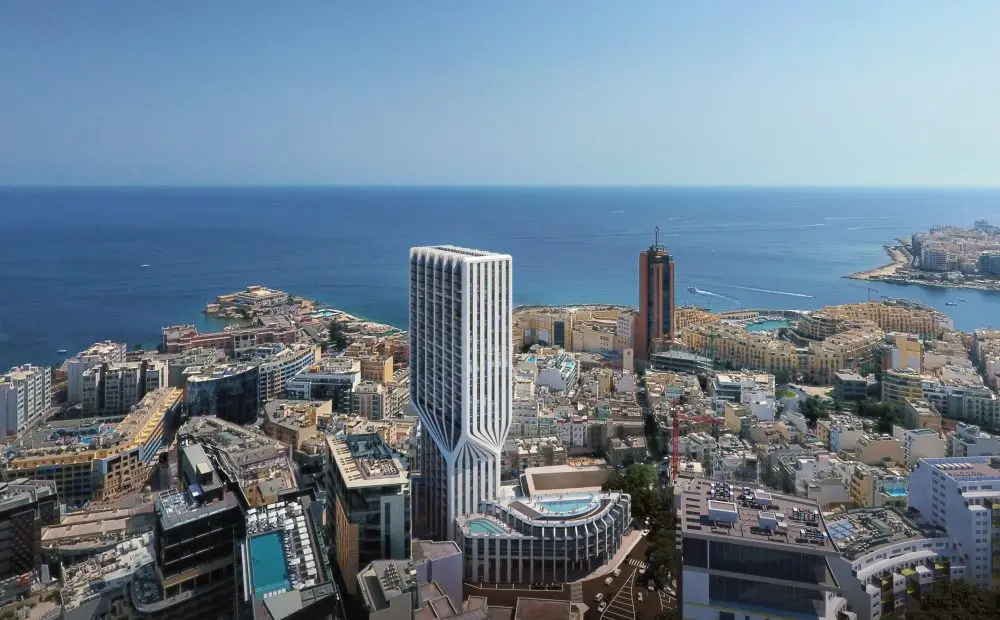
The benefits of investing in overseas commercial property have long been a driver of personal and corporate capital growth. The segment not only offers high yields, but also creates a sustainable platform for asset protection, risk diversification and strategic currency gains. Unlike traditional investment instruments, investments in foreign commercial property provide control over real assets …
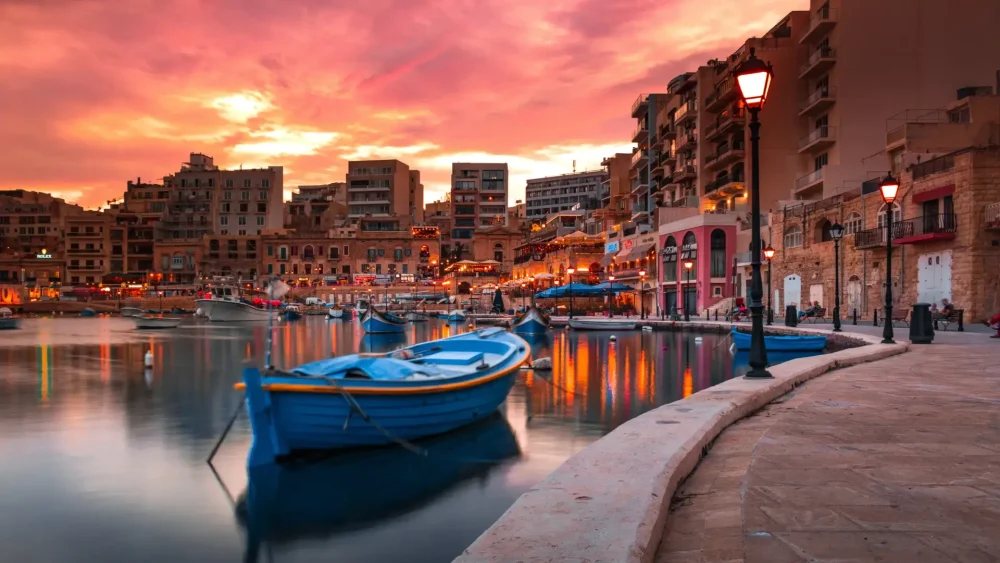
The choice of jurisdiction to live or do business in is directly related to the transparency and favourable fiscal policy. Malta consistently maintains its reputation as a tax-friendly country. It offers a flexible model that allows investors not only to reduce liabilities but also to legally optimise their income structure. Malta’s tax system is oriented …

Buying property in Malta is a profitable investment that provides a stable income and attractive prospects for obtaining residence permit, permanent residence and even citizenship. Mediterranean Sea, mild climate and rich cultural heritage make the location an attractive place for investment. In the article we will tell you how to buy a house on the …
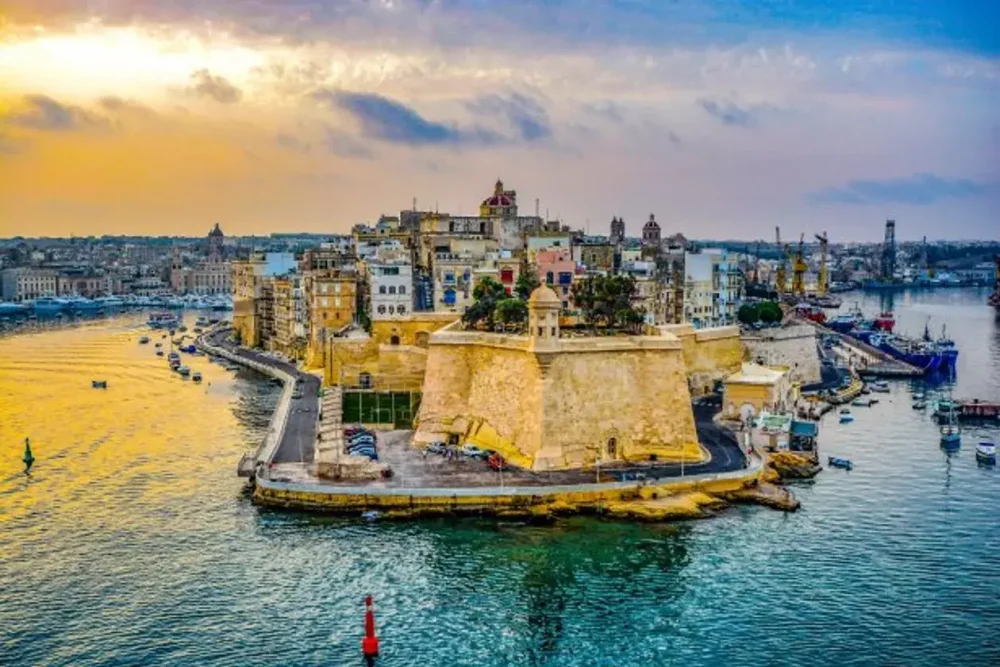
The Malta Golden Visa is one of the most popular investment programmes in Europe. It allows investors and their families to obtain a residence permit in the state with the possibility of further citizenship. The peninsula offers a wide range of benefits, including access to EU countries, a favourable tax system and a high quality …

Malta is a tiny jewel of the Mediterranean Sea that combines European quality of life, ancient architecture and endless business and investment opportunities. Emigrants and investors have long looked to the island republic for its stable economy, security and mild climate. However, it should not be forgotten that moving and buying property requires careful analysis …
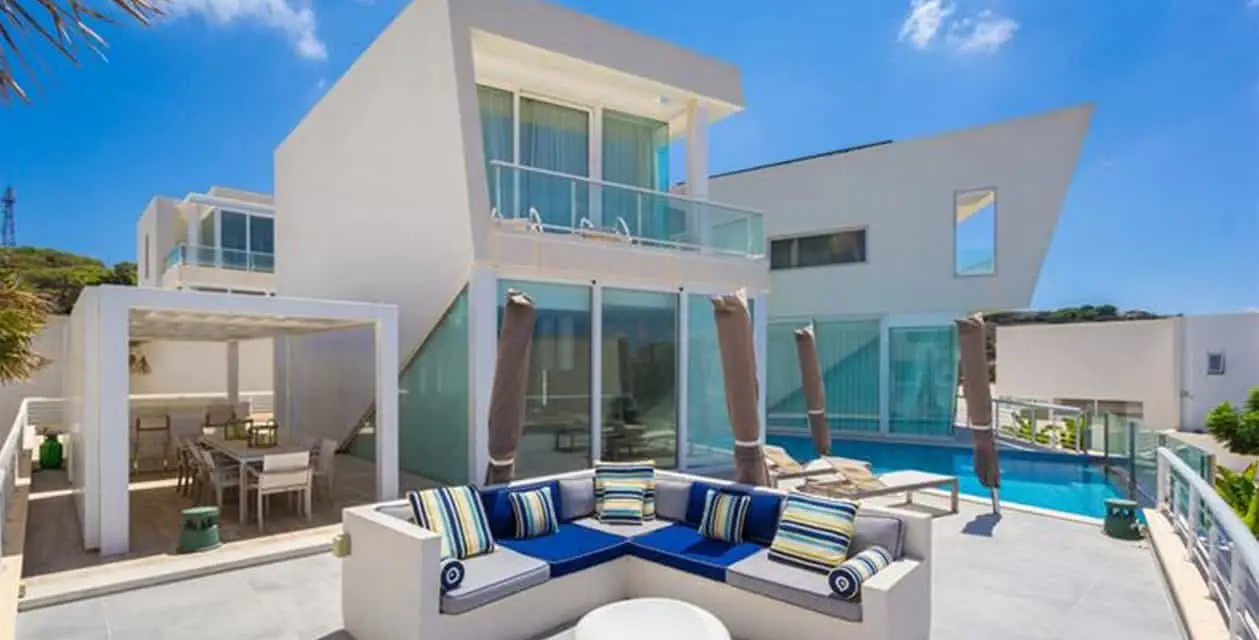
Buying property in Malta is an opportunity to enjoy the warm Mediterranean climate and acquire a lucrative asset. The small but strategically located island offers attractive conditions for those who want to invest in the European property market. How to approach this process wisely? We will tell you in the article. The main advantages of …
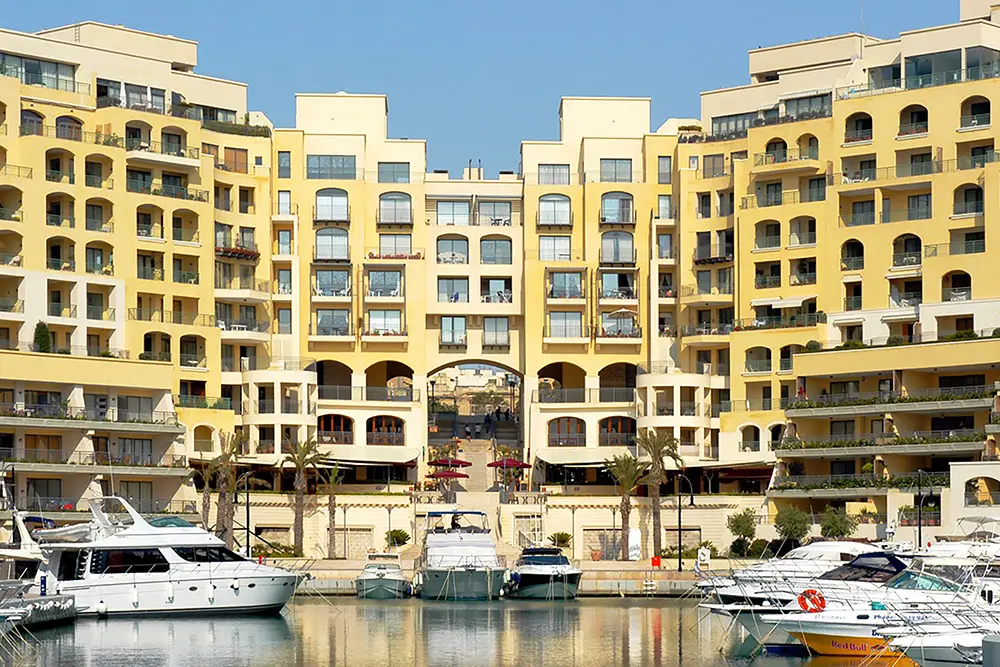
Malta beckons those looking for more than just accommodation, but a unique place where history, culture and modern amenities meet. The island, where the Mediterranean Sea generously drenches the cliffs, promises not only a beautiful view, but also a comfortable way of life. But the question of how to buy a flat in Malta remains …

Malta is not just a beautiful island, it is a bridge to a new reality, where amazing nature is combined with favourable conditions for life and business. The possibility of obtaining a Malta residence permit when buying property has become a unique chance for those who want to invest in luxury properties and at the …

Property in Malta has become one of the most popular investment options in Europe due to its attractive economy, loyal tax system and steadily rising house prices. Everyone who chooses the island nation gets not just a piece of property, but access to a unique lifestyle on one of the most beautiful islands in the …
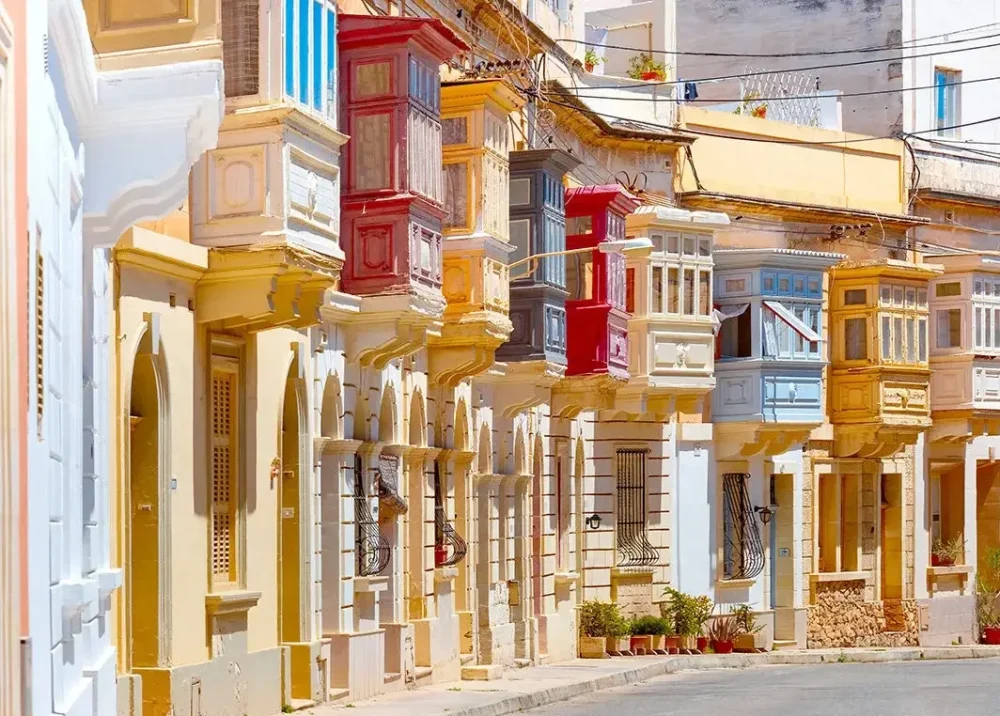
For an investor, the answer to the question of what commercial property is, is the key to understanding a powerful financial instrument. Here, every square metre is active: it generates stable income, increases capital and serves as a reliable shield against inflation. Unlike the residential sector, business real estate requires deep business thinking, careful analysis …